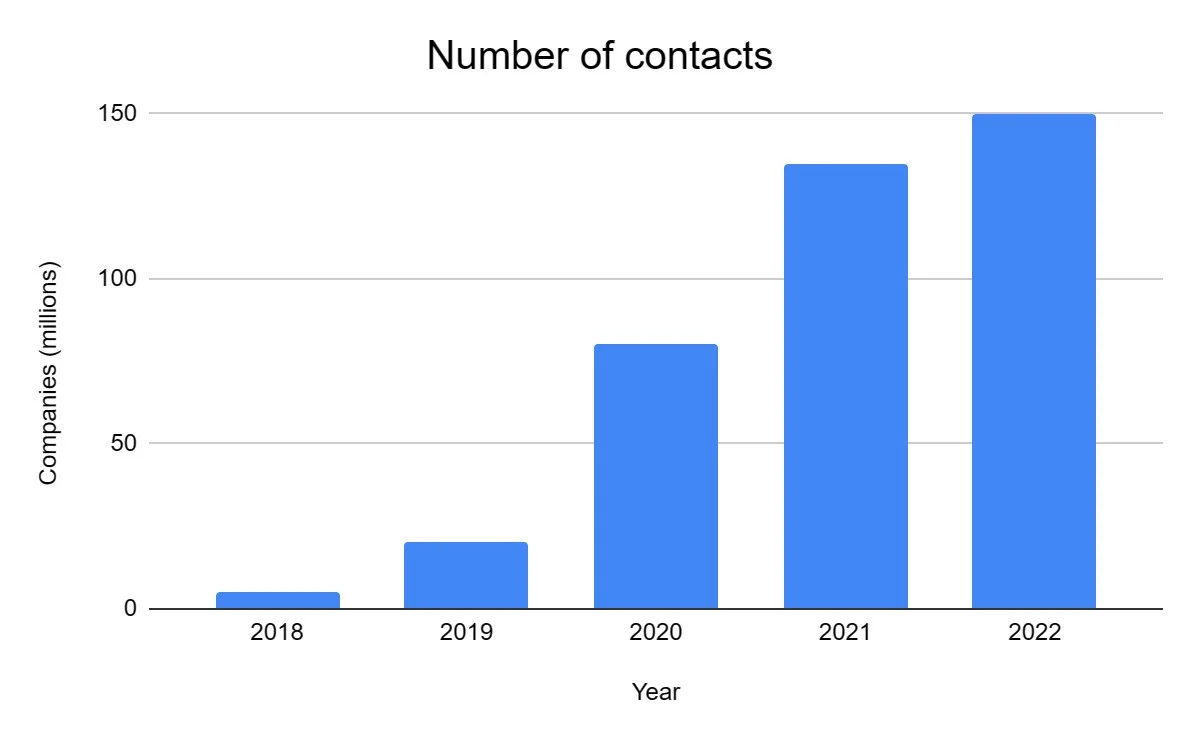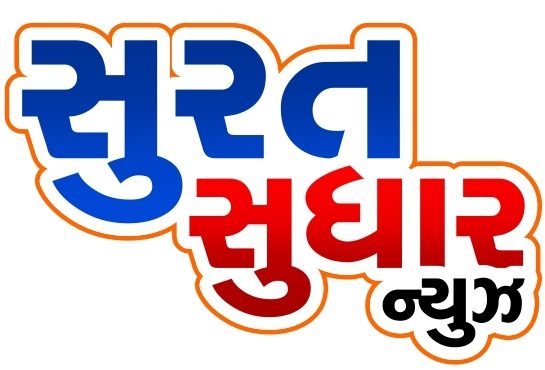The conduct diagrams ought to all the time be designed in such a means that they are often read simply from prime left to backside proper. Although a state diagram ought to describe the whole behavior of a state machine, it could be very helpful to refine particulars in subordinate diagrams. Basically, nevertheless, the UML 2.5 notation or its equivalent in SysML offers a clear and comprehensible construction that’s easy to create and understand. For instance, altering the restrict ruled by key_count from 1000 to keystrokes, wouldn’t complicate the prolonged state machine at all. The solely modification required can be altering the initialization value of the key_count extended state variable throughout initialization.

A rectangle with rounded corners that signifies the current nature of an object. A diamond image that signifies a dynamic condition with branched potential outcomes. The state diagram above reveals the totally different states in which the verification sub-system or class exist for a particular system. For instance, a door may know two states unlocked and locked and be open or closed within the unlocked state.
Remember to maintain the diagram clear and concise, and to seek feedback from others to ensure that the mannequin precisely represents the system. An event is the specification of a major prevalence that has a location in time and area. In the context of state machines, an occasion is an occurrence of a stimulus that may set off a state transition. In this case before executing a command this system counter is at some position (state before the command is executed). Executing the command strikes the program counter to the subsequent command. Since the program counter is the whole state, it follows that executing the command changed the state.
Flip Every Software Program Project Right Into A Profitable One
As described earlier than, entry actions have to be executed starting from the highest-level state down the state hierarchy to the principle goal state. If the main target state is composite, the UML semantics prescribes to “drill” into its submachine recursively utilizing the native initial transitions. The target state configuration is totally entered solely after encountering a leaf state that has no preliminary transitions. A state diagram is a dynamic model that shows the state changes that an object goes by way of during its lifetime in response to events.
In prolonged state machines, a transition can have a guard, which means that the transition can “hearth” provided that the guard evaluates to TRUE. The UML specification[1] deliberately does not stipulate any particular order; rather, UML places the burden on the designer to plan guards in such a method that the order of their analysis does not matter. Practically, because of this guard expressions should have no unwanted effects, at least none that may alter analysis of other guards having the same set off. A state which has substates (nested states) is called a composite state.
In the UML specification,[1] every state machine has a prime state (the summary root of every state machine hierarchy), which incorporates all the other parts of the complete https://www.globalcloudteam.com/ state machine. The graphical rendering of this all-enclosing top state is elective. A solid arrow represents the trail between totally different states of an object.
Just as a outcome of state diagrams provide a simple way to display, doesn’t imply that organisations ought to now solely sketch corresponding diagrams. It is advisable to make use of state diagrams just for complex objects, as a result of the added worth of utilizing state diagrams is rather low for simply structured objects. Internal transitions inherited from superstates at any stage of nesting act as if they were outlined immediately in the currently lively state. Though the normal FSMs are a wonderful tool for tackling smaller problems, it is also typically known that they have a tendency to turn out to be unmanageable, even for moderately involved methods. Due to the phenomenon generally recognized as state and transition explosion, the complexity of a conventional FSM tends to develop much quicker than the complexity of the system it describes. This happens as a outcome of the traditional state machine formalism inflicts repetitions.
Keywords
The Figure under exhibits the key components of a state diagram in UML. This notation lets you visualize the conduct of an object in a means that permits you to emphasize the necessary parts in the lifetime of that object. Now think about the total case, when variables exist and are affected by this system commands being executed. Then between different program counter places, not only does the program counter change, however variables might also change values, because of the commands executed. Consequently, even if we revisit some program command (e.g. in a loop), this does not indicate this system is in the same state.
- State diagrams are a strong device for software engineers and other professionals who have to mannequin and analyze techniques with a finite variety of states and state transitions.
- On the other hand portrays the processes or commands that on execution change the state of class or an object of the class.
- A state diagram reveals the actual modifications in state, not the processes or instructions that created these adjustments.
- In UML, this case should be modeled with inner transitions, as proven in Figure 6.
- A state is a situation or state of affairs through the life of an object throughout which it satisfies some condition, performs some activity, or waits for some occasion.
- The graphical rendering of this all-enclosing high state is optional.
Label the transition with the occasion that triggered it and the action that results from it. You can examine a flowchart to an assembly line in manufacturing as a end result of the flowchart describes the development of some task from beginning to finish (e.g., transforming supply code input into object code output by a compiler). A state in a state machine is an environment friendly means of specifying a specific conduct, rather than a stage of processing.
In addition to such sign occasions, there are call occasions for the reception of messages, time events for state transitions over time or at defined instances and change events. In the case of a change occasion, a situation is permanently checked and a corresponding change of state is triggered if no monitoring situation blocks this. In contrast, a condition is simply checked if an assigned occasion occurs.
The submachine state describes a state that accommodates sub-states which are represented in a subordinate state diagram. States, that are composed of a quantity of sub-states, are additionally referred to as complex states. If the complex state and precisely one sub-state are energetic, one speaks of disjoint sub-states.
Try Smartdraw’s State Diagram Software Program Free
This refers to a state contained within a composite state’s region. In the toaster oven example above, ‘toasting’ and ‘baking’ are sub-states in the larger ‘heating’ composite state. States characterize the current standing of an object and appear as a rounded rectangle. In the instance under, ‘Closed’, ‘Open’, and ‘Deleted’ are all states.
For instance, if you try to represent the conduct of a simple pocket calculator with a traditional FSM, you’ll immediately discover that many events (e.g., the Clear or Off button presses) are dealt with identically in lots of states. A standard FSM shown within the figure below, has no technique of capturing such a commonality and requires repeating the same actions and transitions in many states. What’s missing within the traditional state machines is the mechanism for factoring out the frequent conduct so as to share it across many states.
The following example simplifies the steps required to check in at an airport. For airlines, a state diagram can help to streamline processes and remove unnecessary steps. Best practices for designing efficient state diagrams are highlighted, emphasizing simplicity, significant state names, and consistency in notation. The information also explores frequent mistakes to avoid and presents insights into use cases for state diagrams in varied domains. You can also create state diagrams using drawing tools like Microsoft Visio and even draw them by hand on paper or a whiteboard.

A representative example is a do loop incrementing some counter until it overflows and turns into 0 once more. Although the do loop executes the same increment command iteratively, so the program graph executes a cycle, in its state space is not a cycle, but a line. This results from the state being this system location (here cycling) mixed with the counter worth, which is strictly rising (until the overflow), so different states are visited in sequence, till the overflow. After the overflow the counter becomes 0 once more, so the initial state is revisited within the state area, closing a cycle in the state space (assuming the counter was initialized to 0). The cause is that every node in a flowchart represents a program command.
Basic Components Of A State Diagram
Consistent with different areas in the specification of UML state machines, the substate takes precedence over the superstate, the event might be deferred and the transition for the superstate is not going to be executed. In the case of orthogonal areas the place one orthogonal region defers an occasion what is a state diagram and another consumes the occasion, the consumer takes priority and the occasion is consumed and not deferred. Entering the goal state configuration commences from the extent the place the exit actions left off (i.e., from contained in the LCA).
So the command itself corresponds to a transition between the 2 states. This can be a pseudo-state as a outcome of it does not have any variable or motion described. For both forks and joins, you can use a thin, strong again rectangular bar to represent them. However, a fork has transition arrows extending away from the bar, while a be a part of exhibits two or more transition arrows resulting in the bar. It indicates a dynamic condition that has several potential outcomes.
